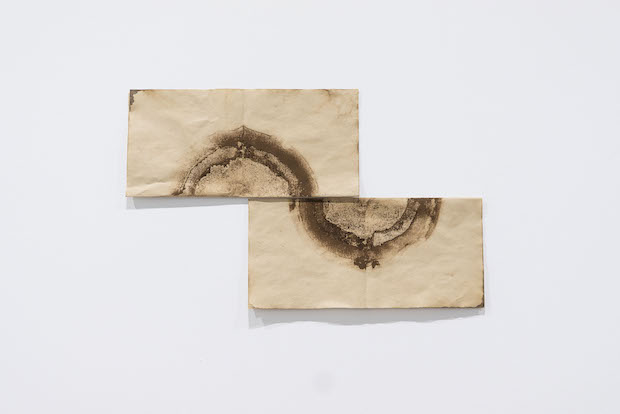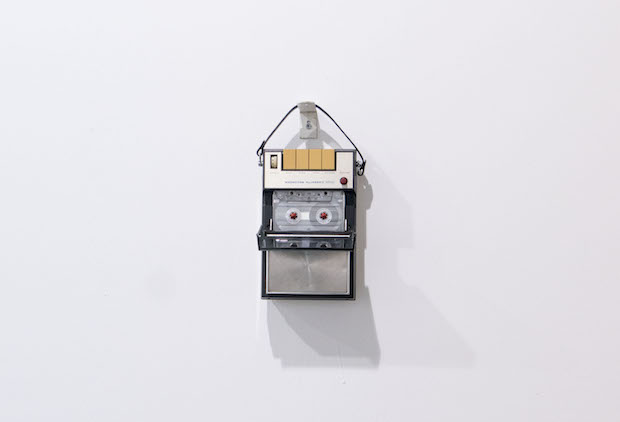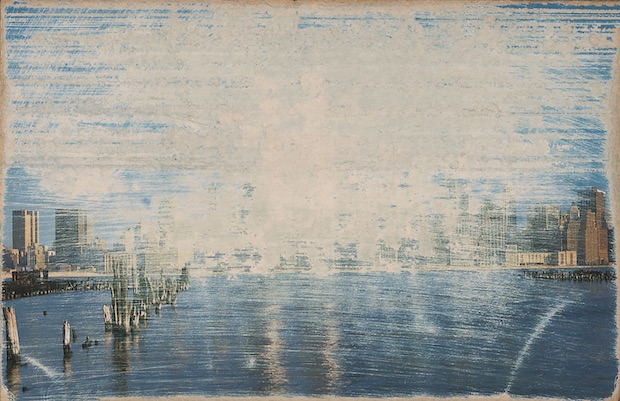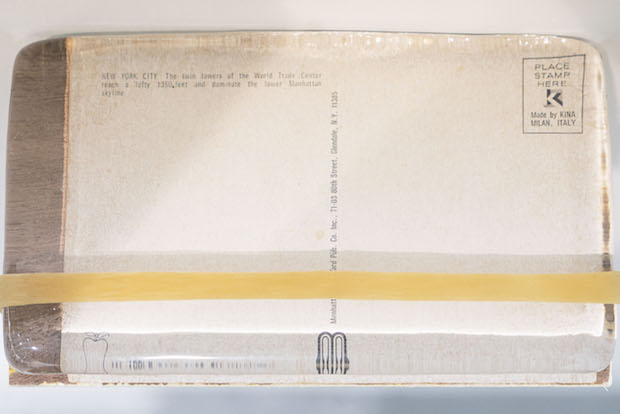2017
Project at West Bund Art Center

The idea of cybernetics proposed in the 20th century has given structure to a comprehensive system theory, thus opening up interdisciplinary conversations among separate fields of studies. The first wave of cybernetics focused on how a system can maintain its steady state through feedback loops, which enables self regulation. The second wave then included the observers of a system as an inextricable part of the system itself, which proposes the reflexivity between the two. The third wave, based on the self replicating potential of complex systems, focused on the emerging unexpected behavior of a system.
The three individual works in Jiang Zhuyun’s Survival in System project: The System, Formation of a Cycle, and Current Monologue, can be regarded as a whole all based on the three different aspects of cybernetics. They each come from everyday living experience, in which the artist interprets and translates into a unique expression of systemic environment. In The System, the stretched out tape measure completes one rotation in every 120 seconds. Under this rotating force, the tape measure as a commonly used tool completes a simple feedback loop. In its continued self-regulating effort to certain level of balance, the tape itself exhibits unpredictable shapes.
The pattern shown on Formation Of a Cycle comes from filters of a classic Chemex coffee maker, in which traces of coffee was left on the used filters in the shape of a semicircle. The artist comes in as the observer of this common system, and completes another cycle based on a already formed cycle. Current Monologue is consisted of an endless cassette, and a recorder. When the recorder starts recording, the tape formed a ring in the cassette begins moving in a loop. Every current loop wipes off the sound recording of the previous one, thus produces a documentation that both exists and disappears only in the present moment.
Post-Card comes from a old New York postcard printed with Manhattan’s skyline in the 90s. Artist scratched out the iconic twin towers from the image, leaving only their vague sea shadows. Here, the word post means not only the sending via postal system, but also serves as the prefix ‘after’. This action of erasing is an intuitive reaction from the artist responding to the historical symbol that no longer physically exist. It also completes a cycle of post, through the extended timespan of before and after.
The work titled Vacancy is consisted of ten old wooden containers with beehives. The bees built their nests in these crates, while the bee-keepers carries them to travel to different locations for the bees to collect pollen. These beehive crates that serves as the living system of another species has been carried out of their original environment, and placed in the context of an art fair. The builders have left, yet the system structure itself continues to provide consumer products for the observers.
Jack Burnham proposed in his System Aesthetics essay, published in 1968 on ArtForum, that: “We are now in transition from a object-oriented to a system-oriented culture. Here, change emanates, not from things, but from the way things are done. ” In Survival in System project, the artist uses ready-made materials, communicates to the way these everyday things are done through a practice closely tied to day-to-day life, in the same time, uses this specific art fair context to reflect on the relationship between the viewers and a larger paradigm of system structure.

2017
Two filtered Chemex papers

2017
Tape Reccorder, Loop tape


2017
Postcard, Glass, Digital print

2017
Motor, Tape measure

2017
Hive